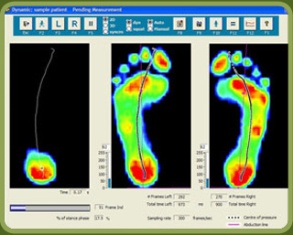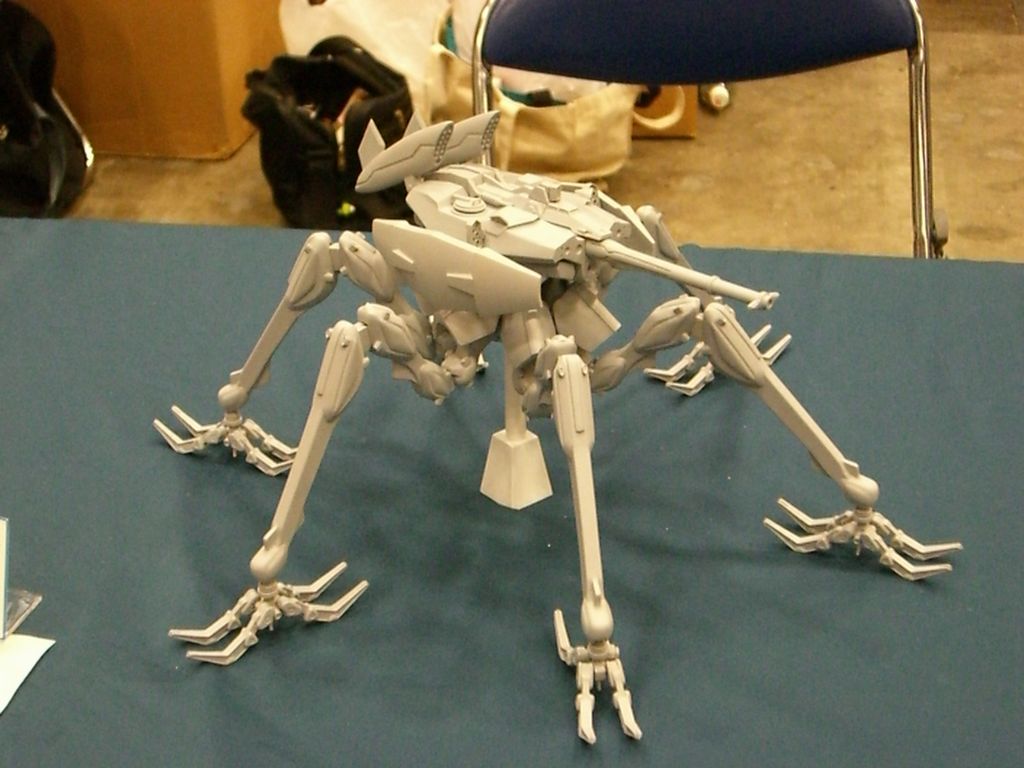Ankle sprains and the reorganization of the sensorimotor system
/“Our subjects with unilateral chronic ankle sprains had weaker hip abduction strength and less plantar-flexion range of motion on the involved sides. Clinicians should consider exercises to increase hip abduction strength when developing rehabilitation programs for patients with ankle sprains.”-Friel et al
Awhile back we wrote about the principle that if the hip abductors are weak, the leg will posture more adducted (ie, cross over type pattern) and this places the foot more directly below the body midline plumb, this will posture the foot in inversion and thus at greater risk for future inversion sprains. This sets up the vicious cycle of hip abductor weakness, frontal plane drift of pelvis, inversion of the foot and more ankle sprain risks/events. The cycle must be broken. The hip must be addressed. That lateral chain must be restored all the way up from the foot.
Another newer study by Bowker discusses the somatosensory feedback necessary for postural adjustments, walking, and running stating that they may be hampered by a decrease in soleus spinal reflex excitability. The study adds more validity to what we are all growing to know more clearly, that the central nervous system via supraspinal circuitry plays deeply into chronic ankle instability (CAI). The studies suggest that CAI may be more about coordination and control of dynamic stabilizers and changes in the motor neuron excitability rather than the function of static stabilizers.
“A successful reorganization of the sensorimotor system after an initial ankle sprain is the critical point when individuals suffer chronic ankle instability or become copers [individuals who do not develop chronic instability after an ankle sprain] who break the cycle of recurrent injuries and disabilities seen in CAI,” Masafumi Terada, PhD
According to LER and the Terada work,
The slow-twitch fibers in the soleus muscle are mostly innervated by small alpha motoneurons, Terada explained, so the study findings suggest that some people may restore their ability to reflexively recruit alpha motoneurons after ankle injury, and some may not.
“Therapeutic interventions that can increase the H-reflex in the soleus may help to break the cycle of recurrent injuries and disabilities seen in CAI,” he said. “Lower-intensity transcutaneous electrical stimulation, joint manipulations, and reflex conditioning protocols may be effective in increasing the soleus spinal excitability.”
The Gait Guys
Reference:
CAI and the CNS: Excitability may influence instability. Larry Hand
Taken from original source:
Bowker S, Terada, M, Thomas AC, et al. Neural excitability and joint laxity in chronic ankle instability, coper, and control groups. J Athl Train 2016 Apr 11. [Epub ahead of print]
J Athl Train. 2006; 41(1): 74–78.PMCID: PMC1421486Ipsilateral Hip Abductor Weakness After Inversion Ankle SprainKaren Friel,Nancy McLean,Christine Myers, and Maria Caceres
http://www.ncbi.nlm.nih.gov/pmc/articles/PMC1421486/



















